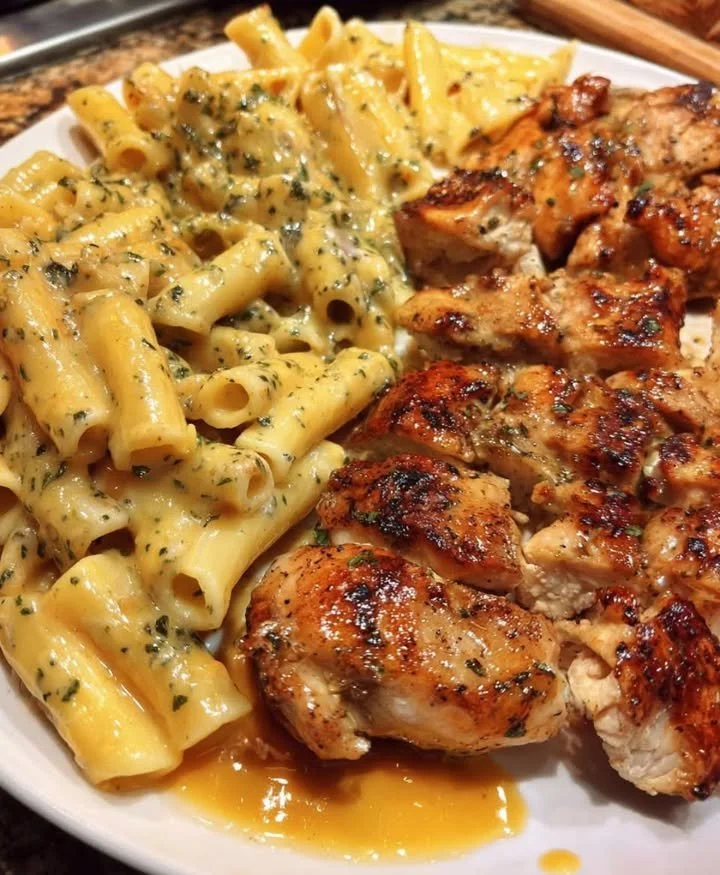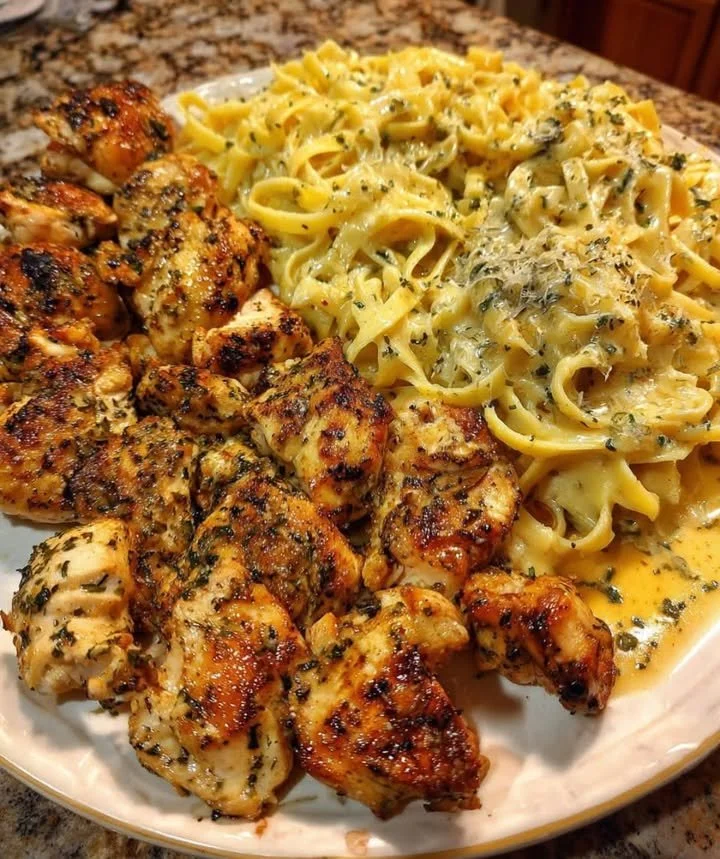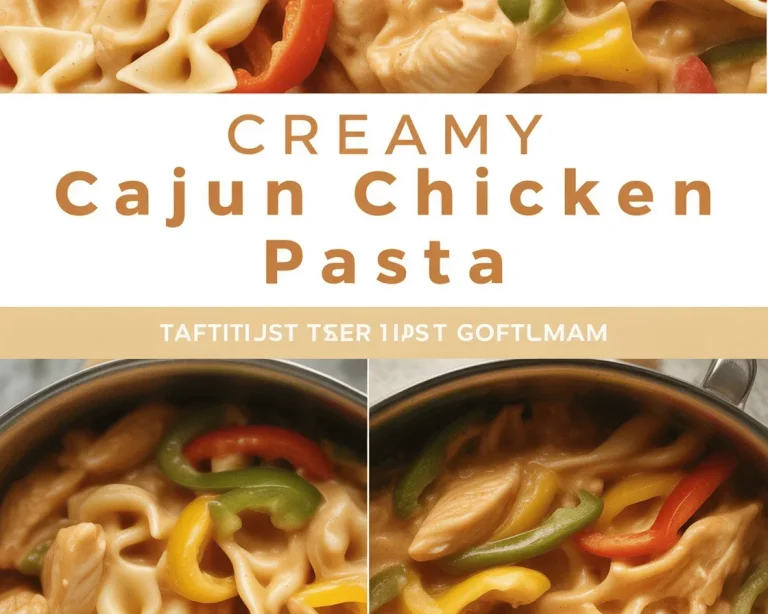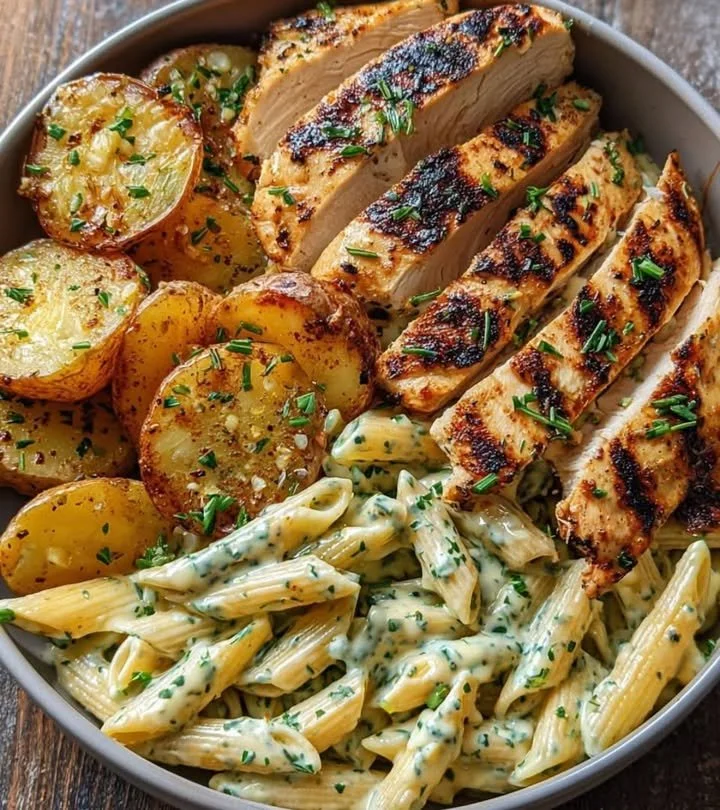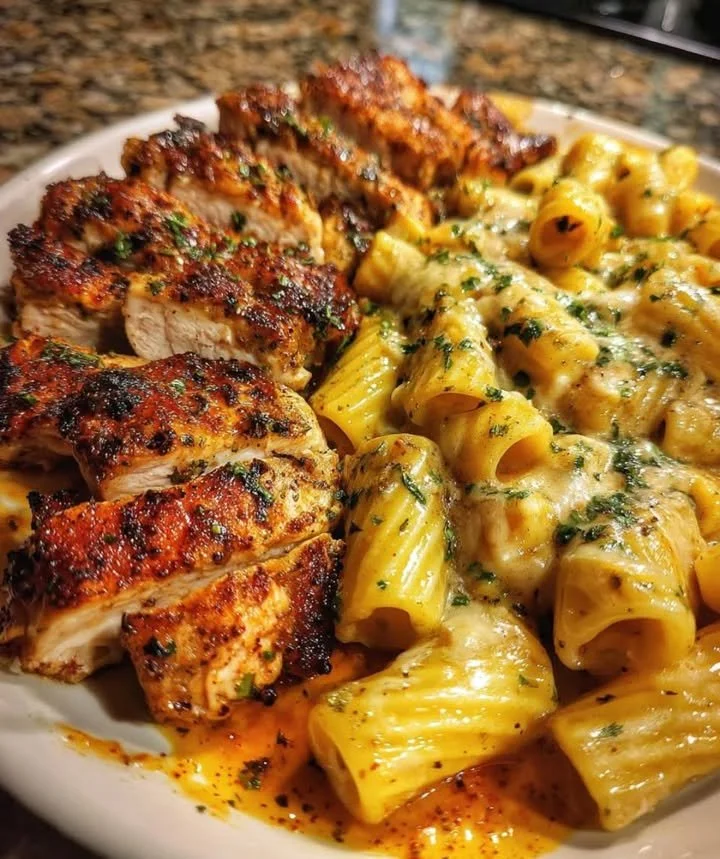Chicken Chow Mein
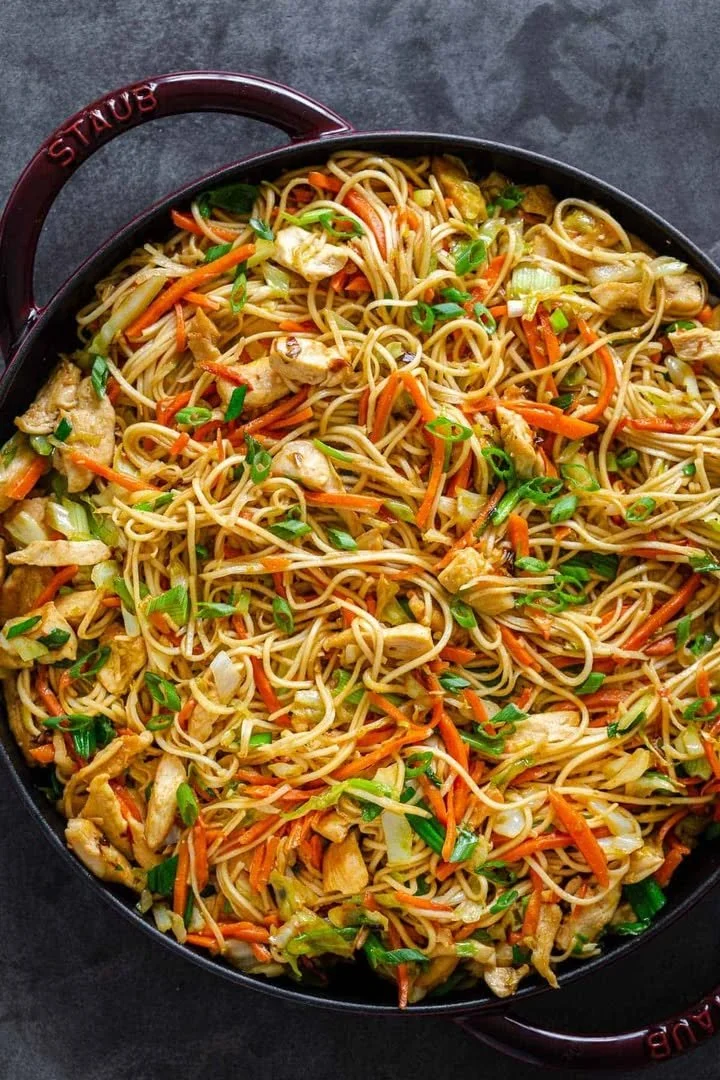
Chicken Chow Mein: Stir-Fried Comfort That Feels Like Home
You know that feeling when the week’s been a whirlwind, you finally come home, and the only thing that sounds good is a bowl of something warm, savory, and familiar? That’s how I discovered my go-to comfort meal: chicken chow mein.
The first time I made this classic chicken chow mein was after a long day of work and errands. The sizzling aroma of garlic and chicken, the bright crunch of bell peppers and bean sprouts, and that slurpy tangle of noodles—suddenly, the world felt calm again.
If you’ve ever craved a homemade chicken chow mein that’s way better (and healthier!) than takeout, you’re in the right spot. Let’s dive into the coziest, tastiest stir-fry noodle recipe you’ll ever have on repeat.
Why You’ll Adore This Chicken Chow Mein
You’re probably wondering, “What makes this chicken chow mein so special?” I’ll tell you! Here’s why it’s one of my top easy dinner recipes, and why you’ll love it too:
- Faster Than Takeout: From start to finish, you can get restaurant-style noodles on the table in about 30 minutes (honestly, delivery can’t beat that!).
- Fresh & Flavorful: You control the quality—crisp-tender veggies, juicy chicken breast, all tossed in an umami-packed sauce.
- Customizable: Whether you’re a noodle fanatic or a veggie lover, you can easily make this classic stir-fry your own.
- That Nostalgic, Cozy Feeling: There’s something about chicken chow mein—one whiff and I’m instantly transported to family dinners, laughing around the table, chopsticks clacking.
Ingredients You’ll Need for Chicken Chow Mein
Let’s break down what you’ll need for this homestyle chicken chow mein. Here are my little tips for each ingredient to make your noodles truly unforgettable:
- 2 chicken breasts, sliced: Go for organic or free-range if you can; it really makes the chicken extra-tender in the stir-fry.
- 2 tablespoons soy sauce: Low sodium works great if you’re watching your salt. Adds that deep, savory note.
- 1 tablespoon oyster sauce: Don’t skip this! It’s the secret to those classic chow mein flavors.
- 2 teaspoons cornstarch: This helps the marinade lock in moisture, so your chicken stays silky (not dry!).
- 2 tablespoons vegetable oil: Use any neutral oil with a high smoke point for the best results.
- 1 cup bean sprouts: Fresh bean sprouts give you that signature crunch—it’s just not chow mein without them.
- 1 cup bell peppers, sliced: Any color works. Red and yellow are my faves for that sweet, bright pop.
- 1 cup carrots, julienned: Pre-shredded carrots totally work if you’re short on time.
- 3 green onions, chopped: Add a fresh oniony bite and some color at the end.
- 2 cloves garlic, minced: Always use fresh garlic; the aroma fills your kitchen in seconds!
- 2 servings chow mein noodles: Check the Asian section of your grocery store. If you can’t find chow mein, yakisoba or egg noodles will do.
Step-by-Step Guide: Making the Perfect Chicken Chow Mein
Now, for the best part—let’s actually make this easy chicken chow mein together. Here’s how I make stir-fried noodles that rival any takeout order:
- Marinate the Chicken:
Mix your sliced chicken with the soy sauce, oyster sauce, and cornstarch. Trust me, the 15-minute rest time is worth it—your chicken will soak up all that umami goodness. - Prep the Pan:
Heat your oil in a big wok or skillet over medium-high heat. I let it get really hot so the chicken gets that tasty sear (listen for the sizzle!). - Cook the Chicken:
Toss the marinated chicken into the pan. Stir-fry until it’s just cooked through (don’t overcook—we want juicy pieces). - Veggie Time:
Add garlic, bell peppers, and those carrots. Stir-fry for 2-3 minutes. You want the veggies to keep some crunch for that classic chow mein texture. - Greens & Crunch:
Throw in your bean sprouts and green onions. Stir well—they only need a minute or so to get slightly tender. - Noodle Party:
Meanwhile, cook your chow mein noodles according to the package (usually quick—about 3 minutes). Drain them, and then add them straight to the pan. - Toss & Serve:
Toss everything together until those noodles are glossy and mingled with all the good stuff. Serve hot and dig in immediately.
(I always “sample” a noodle or two before actually serving—chef’s privilege, right?)
My Secret Tips and Tricks for Chicken Chow Mein Success
Over time, I’ve found a few little tweaks that make this easy chicken chow mein truly shine:
- High Heat is Your Friend:
Stir-frying is all about high, quick heat. Don’t crowd your pan or your veggies will steam instead of getting that lovely char. - Cook Noodles Al Dente:
Just-cooked noodles hold up best in stir-fries (it’s easy to overcook them). If using dried chow mein noodles, undercook by a minute—trust me. - Toss, Don’t Smash:
When mixing everything, gently toss with tongs or forks instead of pressing down. This keeps the noodles springy (nobody loves mushy chow mein). - Taste & Adjust:
Before serving, taste for seasoning. Sometimes I add a splash more soy sauce, or a dash of sesame oil if I’m feeling fancy.
Creative Variations and Ingredient Swaps
So maybe you’re out of chicken—or maybe you’re cooking for a veggie-loving friend. Here are my go-to swaps for classic chow mein at home:
- Go Veggie:
Swap chicken for firm tofu or tempeh. Sear it before adding the veggies for even more bite (make it a vegetarian chow mein feast!). - Beef or Shrimp:
Beef strips or raw shrimp are AMAZING in this recipe and only take a minute or two to cook in the wok. - Switch Up the Veggies:
Bok choy, snap peas, or mushrooms all work beautifully when fresh, seasonal produce is available. - Whole Wheat or Gluten-Free Noodles:
Can’t find chow mein noodles or want a healthier option? Use soba, whole wheat, or even rice noodles (great for gluten-free chow mein lovers).
How to Serve and Store Your Chicken Chow Mein
I love serving this chicken chow mein piping hot, straight from the pan—right onto dinner bowls with extra green onions on top. We’ll sometimes add a drizzle of sriracha or a sprinkle of sesame seeds for a fun, spicy kick.
Storing leftovers:
Pop any extra stir-fried noodles into an airtight container and refrigerate for up to 3 days. Reheat in a skillet with a splash of water or soy sauce to refresh the noodles (microwaving works in a pinch too—chicken chow mein reheats surprisingly well!).
FAQs: Your Top Questions About Chicken Chow Mein Answered
1. Can I make chicken chow mein ahead of time?
Absolutely! It reheats well for easy meal prep. Just store the noodles and sauce separately if you want to keep the perfect noodle texture.
2. What’s the best noodle for classic chow mein?
Traditional chow mein noodles are my #1 choice, but egg noodles or yakisoba noodles are awesome too (use what’s easy to find at your store!).
3. Can I freeze chicken chow mein?
I don’t usually recommend freezing—noodles can get a little mushy. But you can freeze just the cooked chicken, then quickly stir-fry fresh noodles and veggies on the day.
4. How can I make this dish spicy?
Easy! Add a pinch of red pepper flakes or a swirl of chili oil when tossing together at the end. Or, offer sriracha at the table.
5. What’s the difference between chow mein and lo mein?
Great question! Chow mein means “fried noodles” (where noodles and toppings are cooked together), while lo mein usually refers to “tossed noodles” with more sauce. It’s all delicious!
Whenever you make this chicken chow mein, I hope it brings you as much comfort—and as many happy, noodle-slurping moments—as it does for me and my family. If you try it, let me know your twists and tweaks—I love hearing how you make it your own.
Happy cooking (and even happier eating)!

